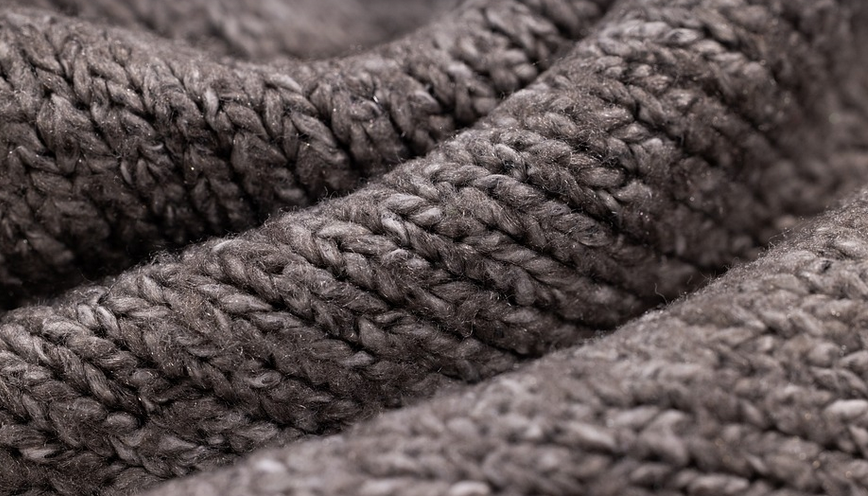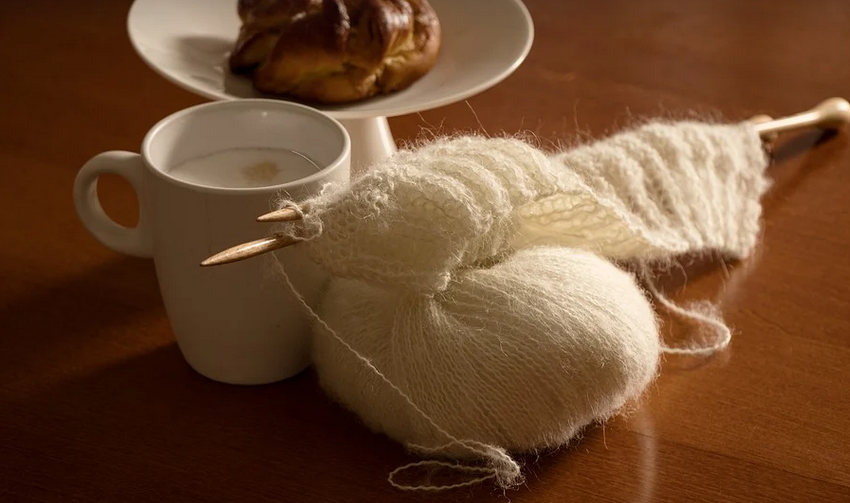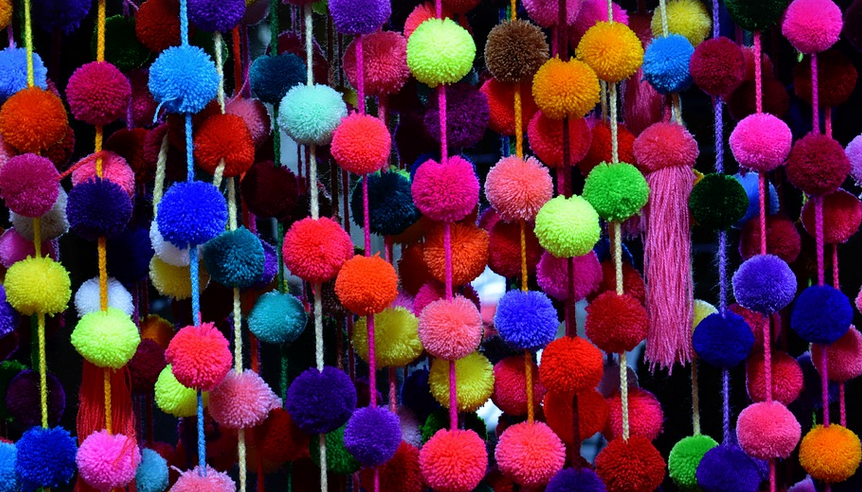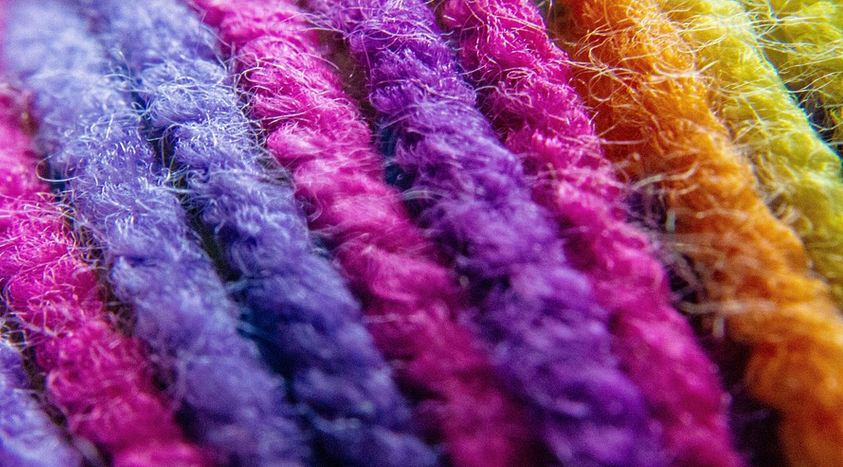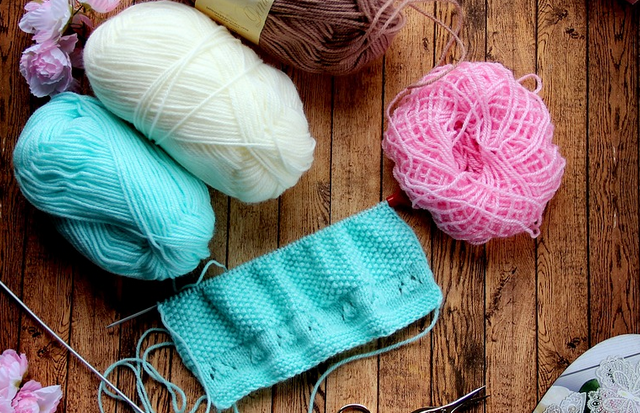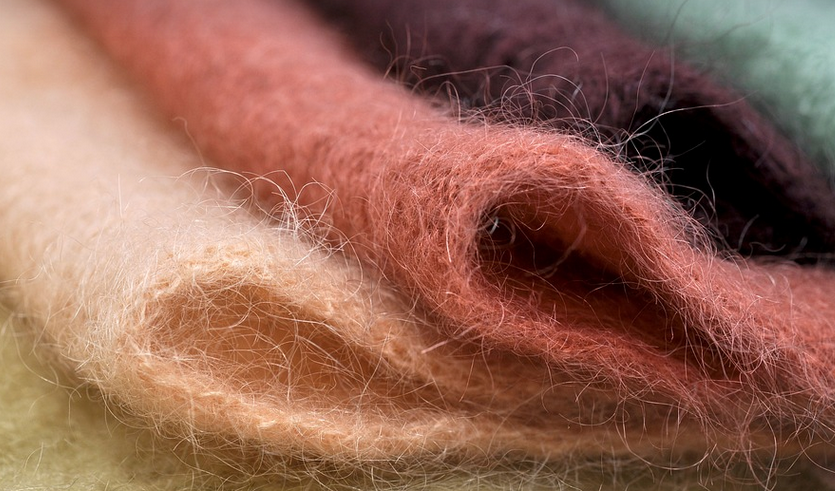
The Problem with Fast Feeders
Let’s be honest, there’s nothing quite as frustrating as watching hay disappear down a fast feeder in record time. Imagine this scenario: you just finished loading up your round bale and eagerly set about feeding your livestock. But within minutes, the bales seem to vanish like magic. Is that not a little disheartening?
The problem with these traditional feeders is simple: they’re designed for speed. They encourage rapid consumption, often in chaotic bursts. This can be detrimental to both animal health and productivity. Animals might eat too quickly, leading to digestive issues like bloat or colic. Worse yet, it can lead to nutritional imbalances.
Introducing Slow Feeder Nets
Enter the world of round bale slow feeder nets – a game-changer for efficient hay management. This innovation addresses the shortcomings of traditional feeders by introducing a much-needed element of control and regulation over how animals consume their hay.
Slow feeder nets are essentially woven, durable fabric layers that surround your round bales. These layers act like gentle barriers, helping to slow down eating rates. As animals try to munch away at the bale, they encounter resistance, encouraging a more deliberate feeding process.
The Benefits of Slow Feeder Nets
Slow feeder nets offer a plethora of benefits for both you and your livestock:
- Improved digestion – A slower meal helps to prevent bloating and colic in animals, leading to better overall digestive health.
- Optimized nutrition intake – By encouraging controlled feeding, slow feeder nets help regulate the quantity of hay consumed. This ensures your animals receive a balanced diet throughout the day and avoids overfeeding or underfeeding which can lead to nutritional imbalances.
- Increased Animal Well-being – Slow feeder nets also promote a more relaxed and comfortable feeding experience for your livestock. They allow animals to eat at their own pace without causing unnecessary stress, leading to increased contentment and overall well-being.
It’s like giving them a little bit of extra time to think about what they are eating and enjoy the process!
How Slow Feeder Nets Work
Slow feeder nets work based on the simple principle of resistance. The layers of fabric create a physical barrier that slows down the flow of hay, forcing animals to slow down their eating rate.
This allows them to chew and digest more effectively without the rush of feeding.
Installation and Maintenance
Installing these nets is relatively straightforward; usually just a bit of tying or securing for your round bale. Most slow feeder net options are easy to manage and adjust as needed.
Maintenance is also simple – Regularly check the nets for any tears or damage. Make sure the hay bales don’t break down too quickly, especially when tied up tightly.
Types of Slow Feeder Nets
The world of slow feeder nets has expanded to offer various options, each tailored to your specific needs:
- Mesh-Style Nets – These can be easily adjusted and are often the most popular choice.
- Fabric-Wrapped Nets – These offer a soft and gentle surface for the animals to feed on.
- Wire or Chain Nets – These provide extra stability and strength, making them suitable for larger round bales.
Finding the Perfect Slow Feeder Net
With all these options, it can be overwhelming to choose the right slow feeder net. Here’s a quick rundown of factors to consider:
* **Hay Size and Bale Type**: The size and shape of your bales and your livestock’s chewing habits will affect your choice. * **Animal Density and Herd Size**: Larger herds will benefit from stronger, more durable nets. * **Weather Resistance**: Choose a mesh or fabric net that’s weather-resistant for long-lasting use. * **Budget**: Consider the cost of the nets and their installation before you commit to a purchase.
The Bottom Line
In conclusion, slow feeder nets offer an efficient solution for hay management by promoting controlled feeding in livestock. Slow feeder nets are a wise investment for any farmer looking to maximize animal health, optimize nutrition intake, and increase overall productivity.
For the most efficient feed experience, you and your animals will thank you later!
